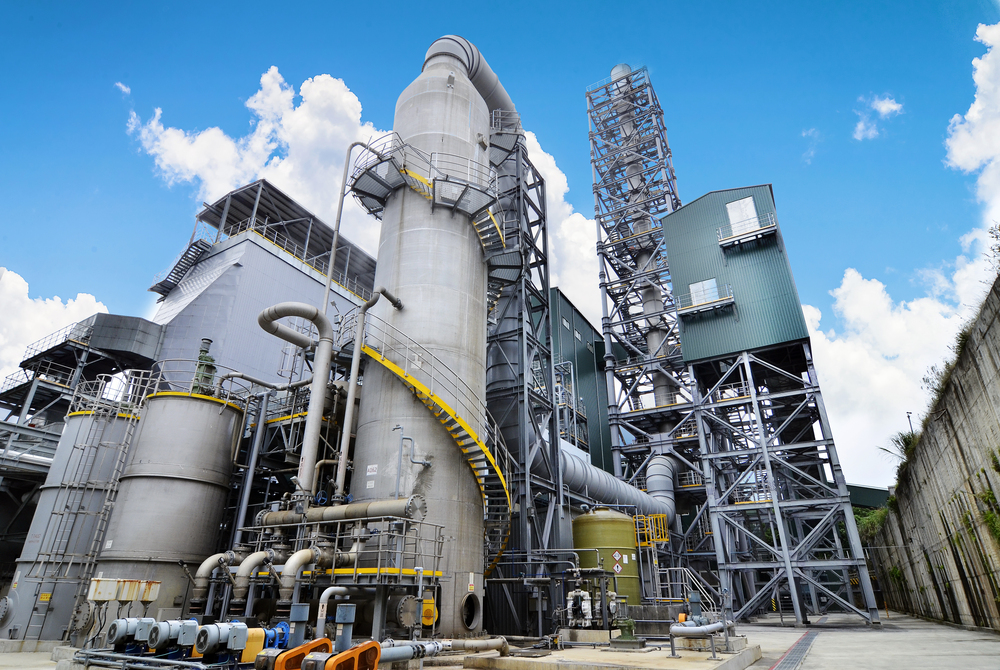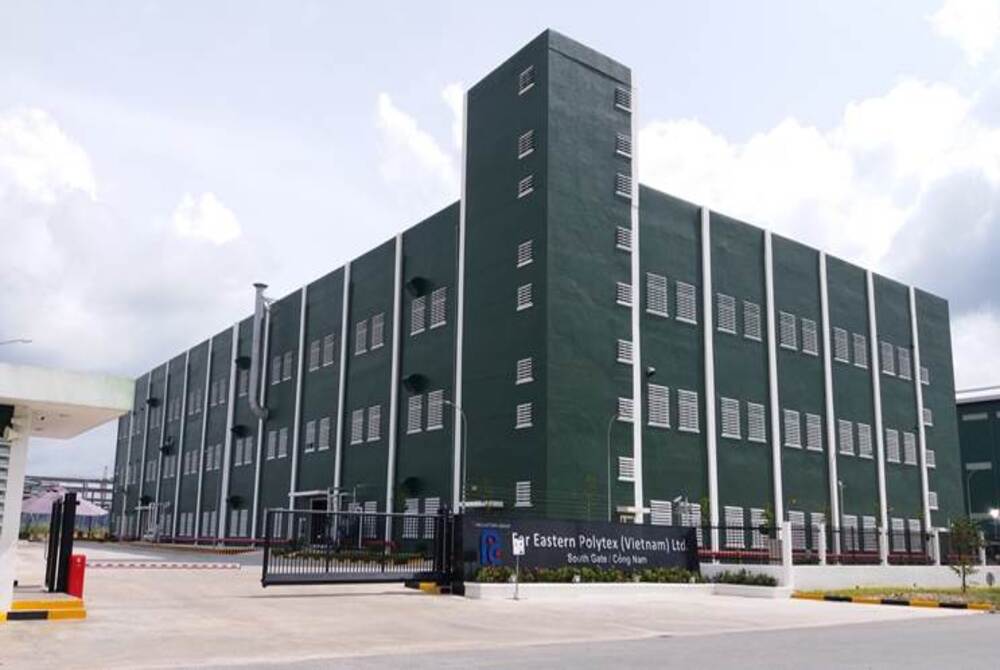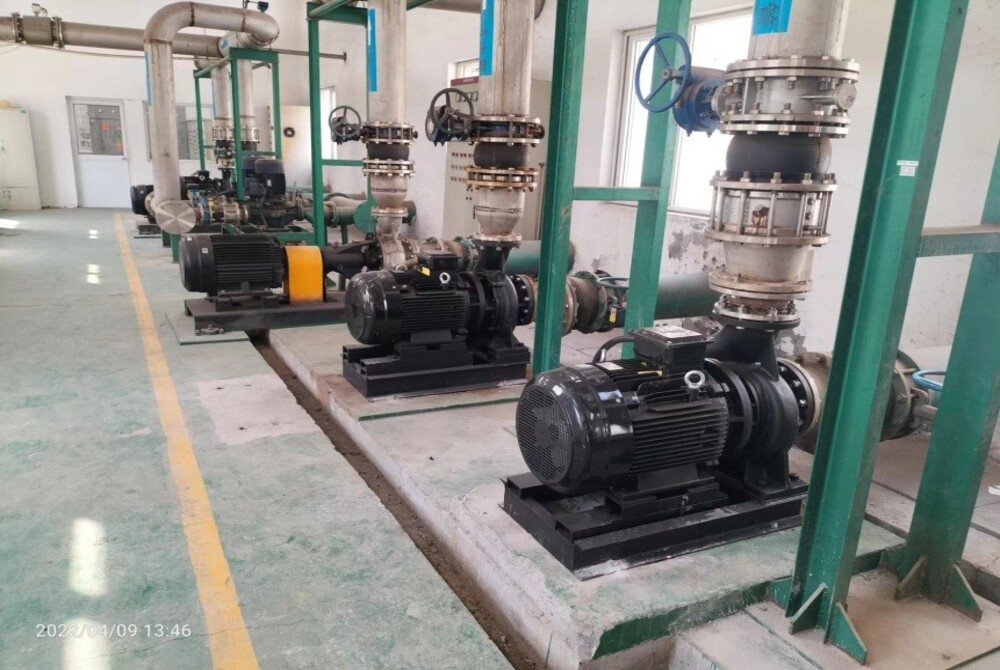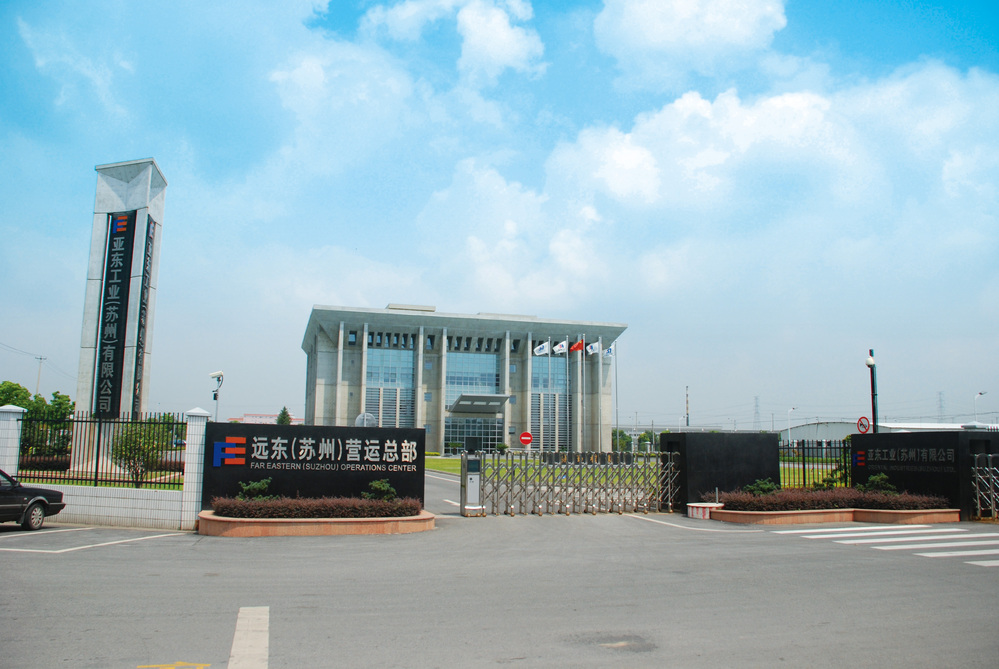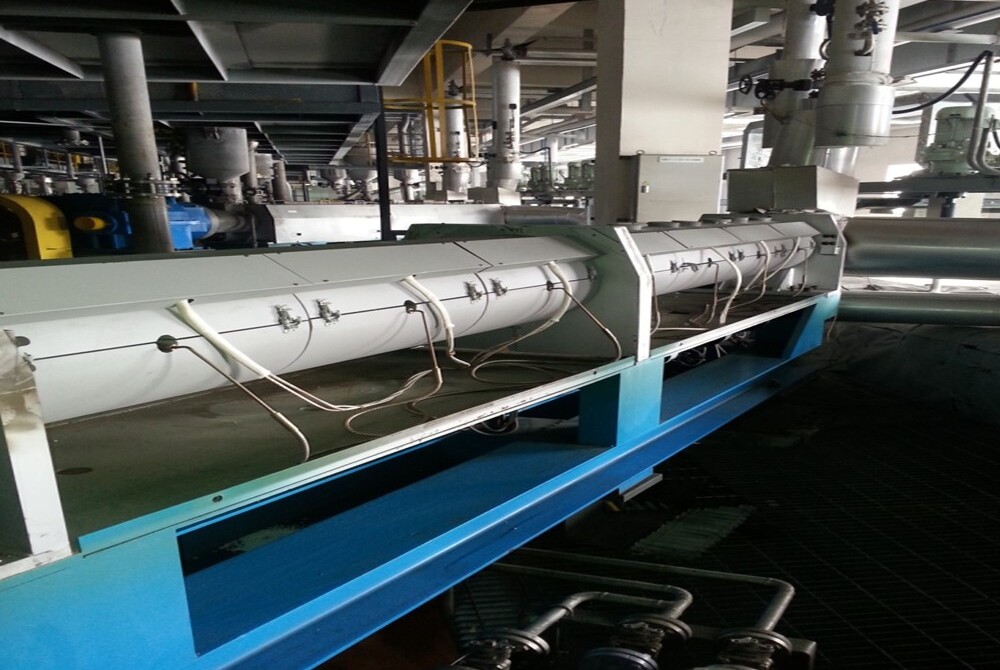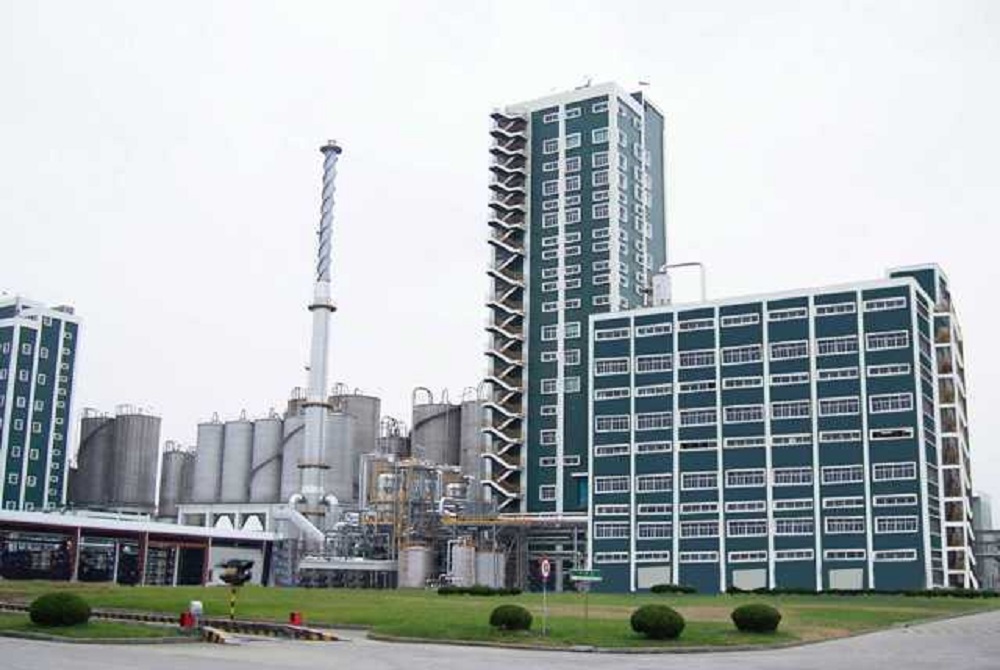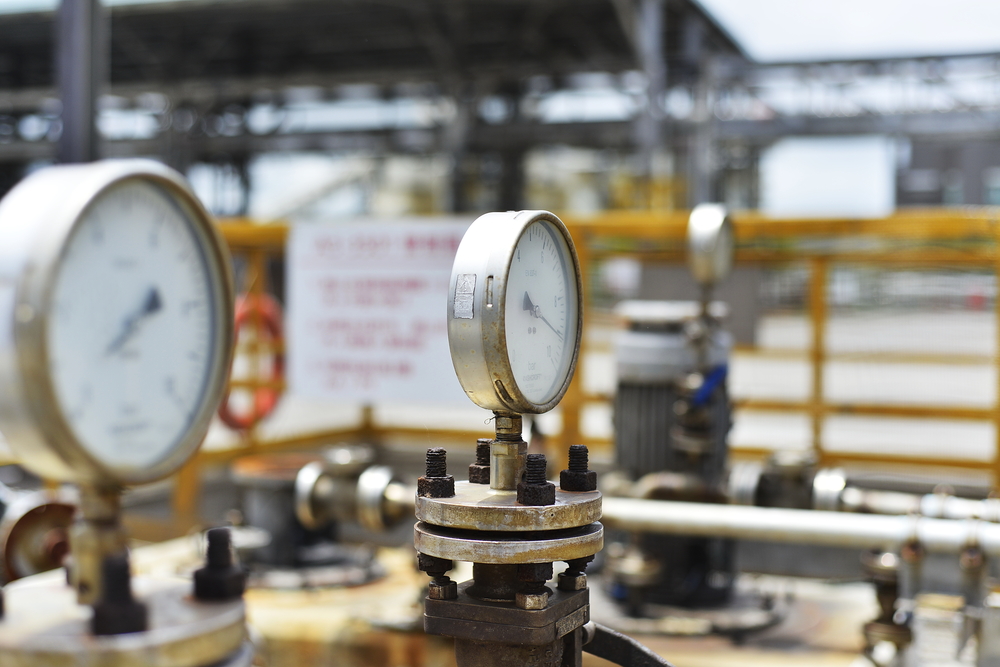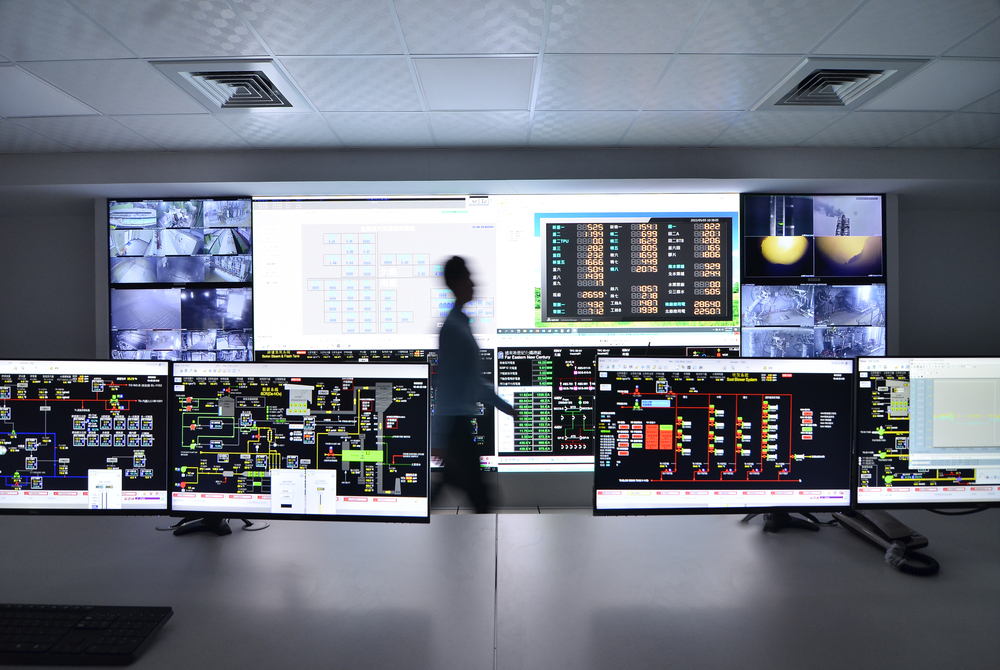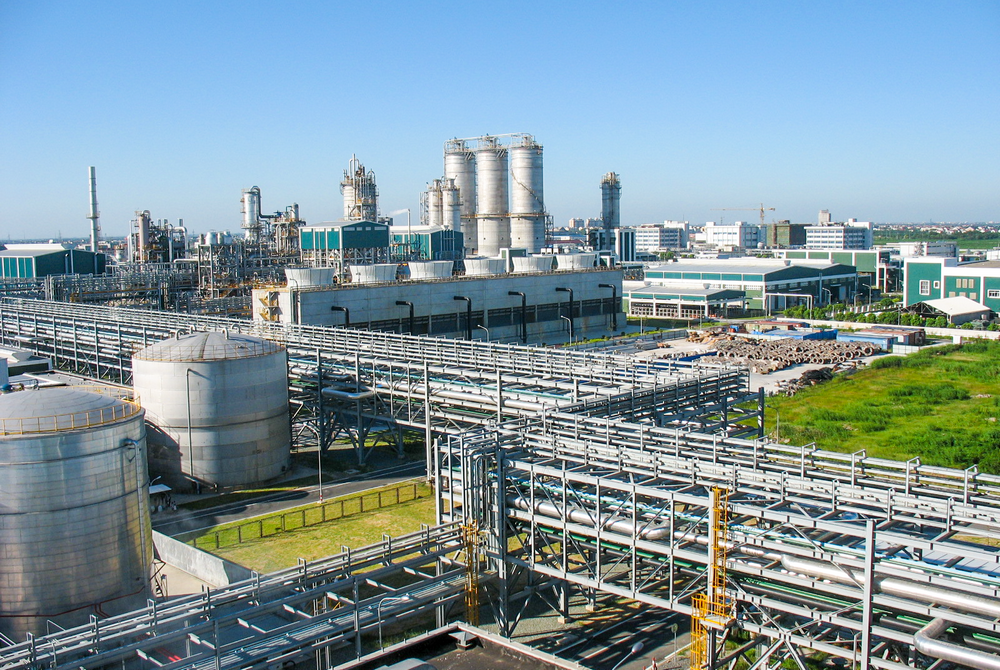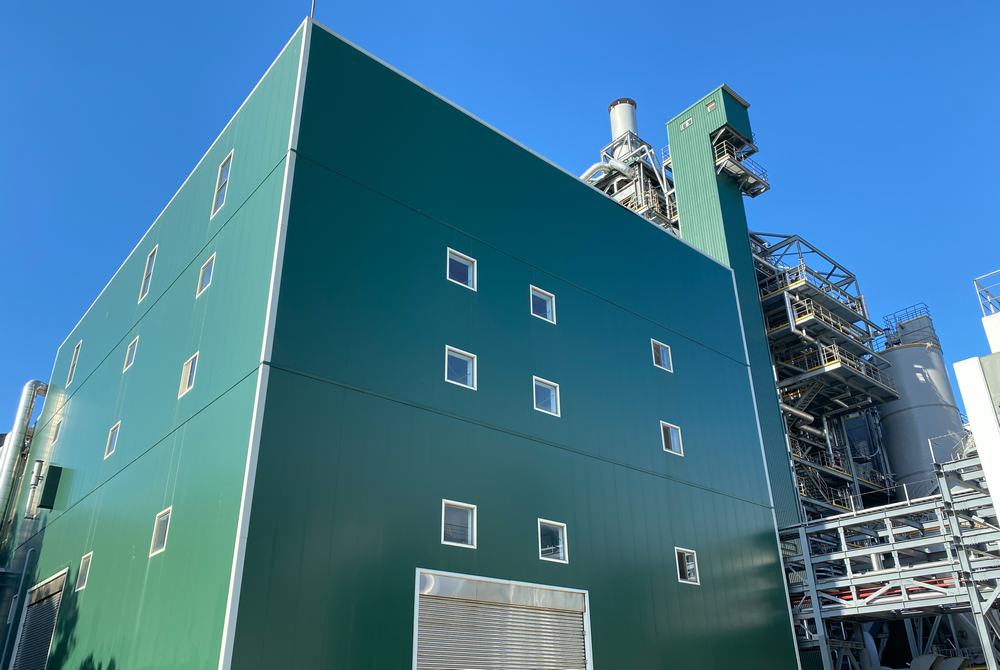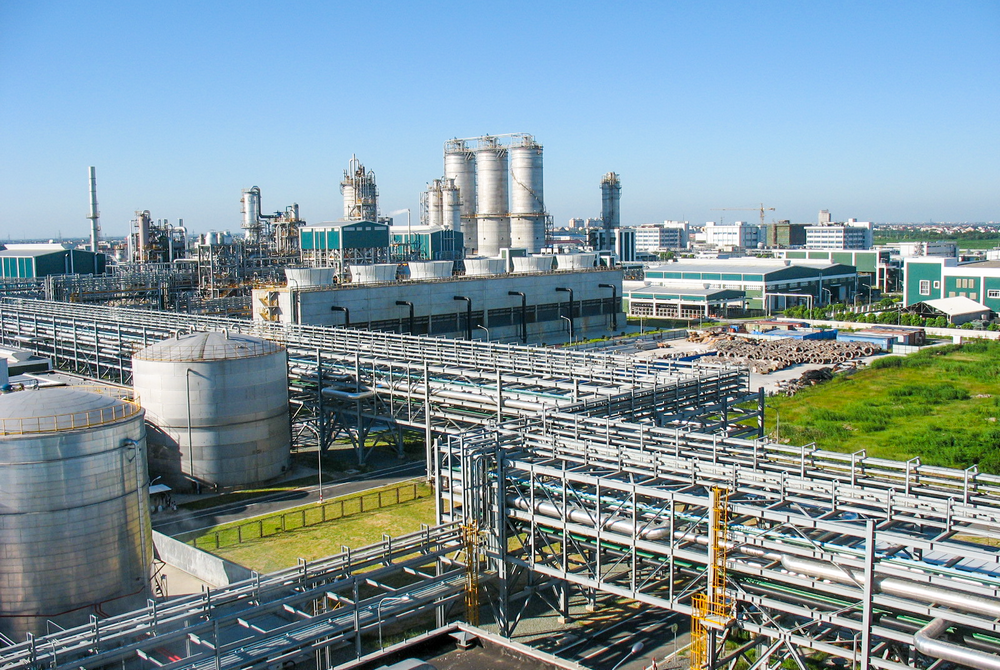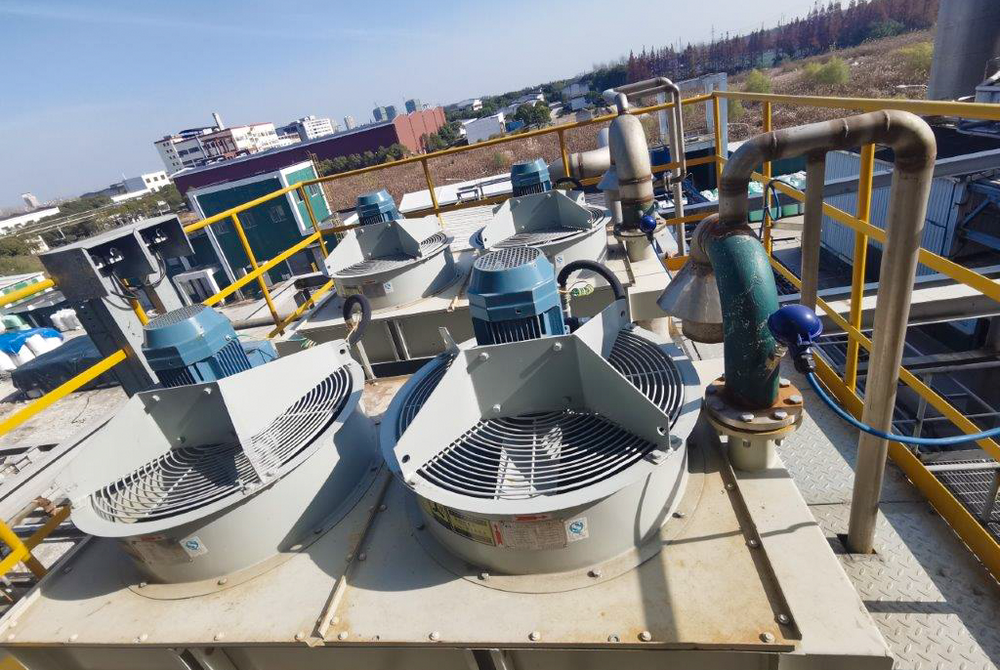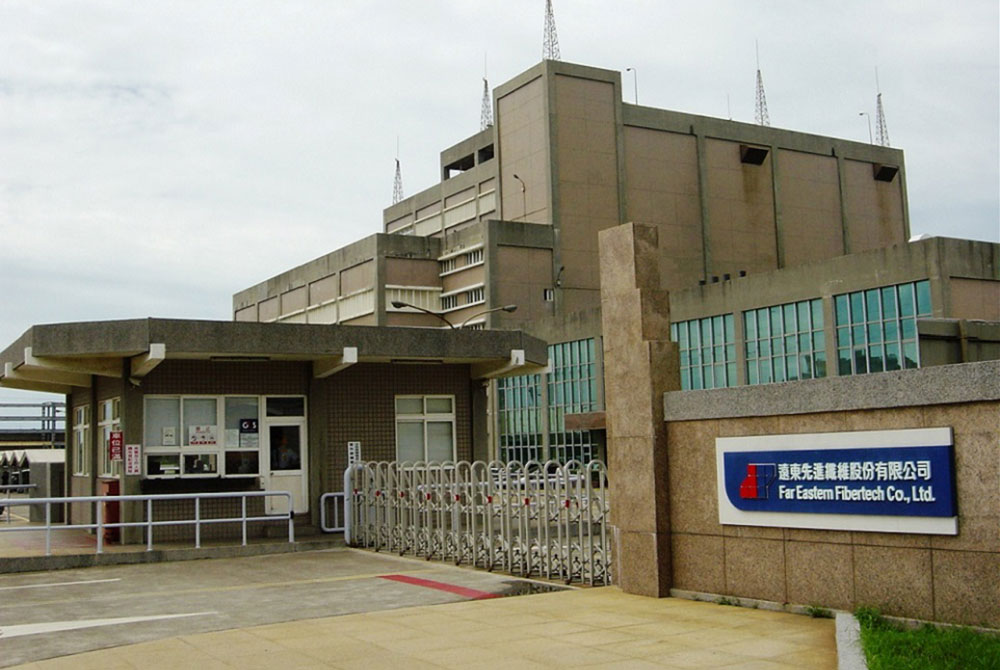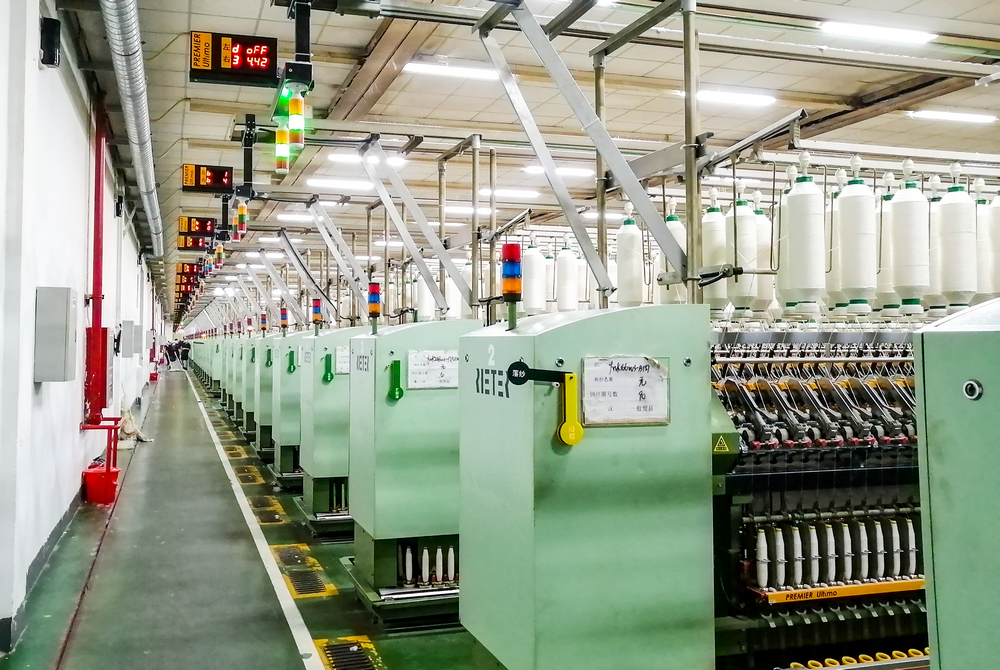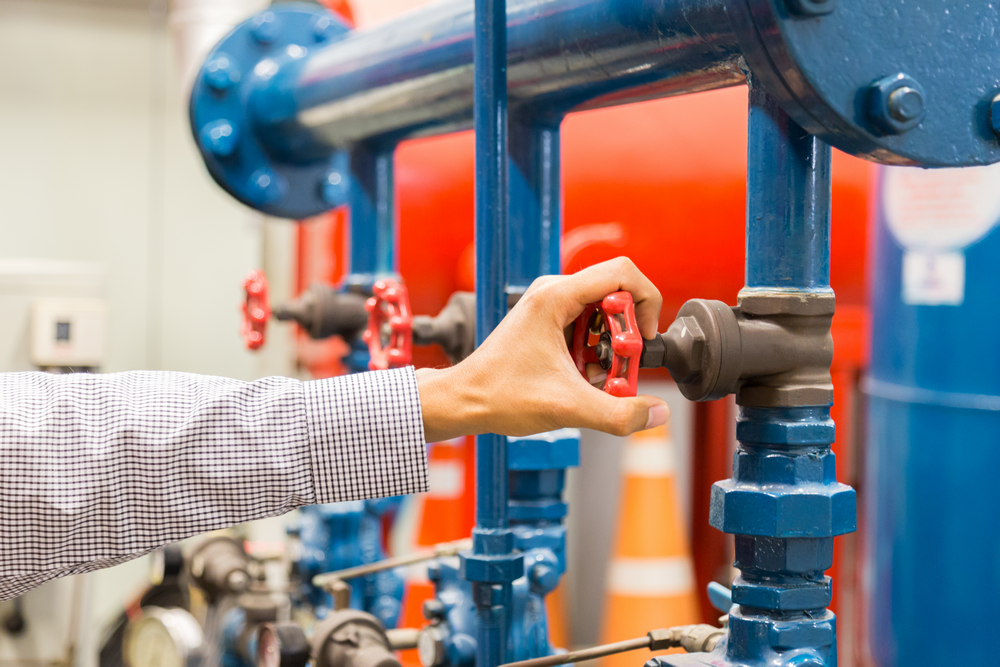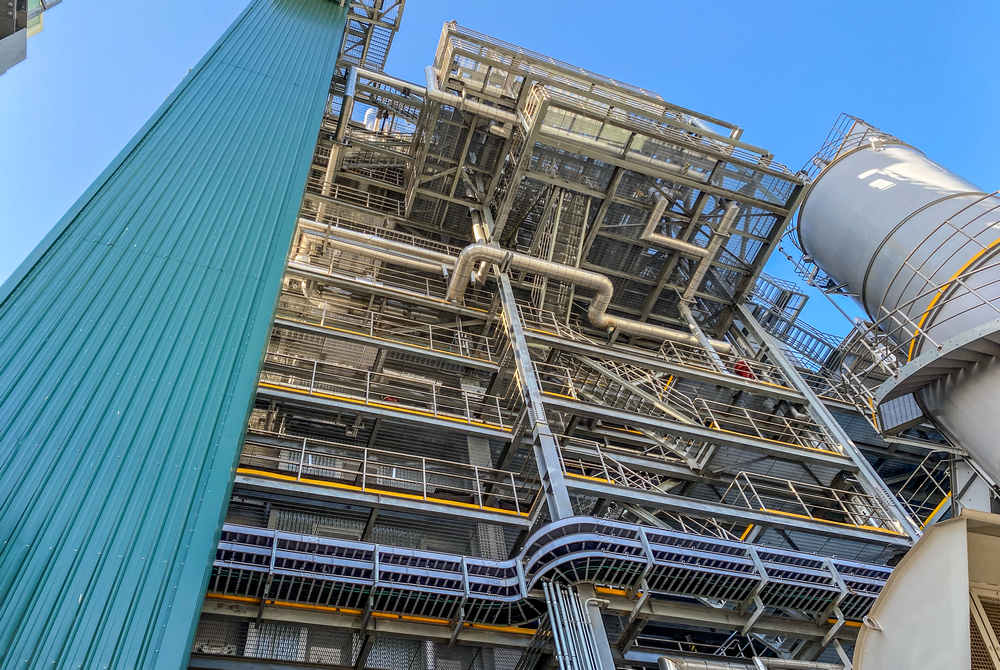GHG Management
FENC enhances energy management with various reduction measures to curtail carbon emissions and mitigate global warming.
Measures and Performance in Energy Saving and Emission Reduction
FENC’s efforts in promoting energy and emission reduction measures continued in 2024 with the implementation of 94 energy and emission reduction projects, which averted 70,188 tCO2e in GHG emissions. Equipment improvement was the primary focus, among which was the replacement of dated air compressors. The secondary focus was on the enhancement of energy efficiency through production and equipment improvement.
2024 Energy Saving and Emission Reduction Projects
.png)
Energy Saving and Emission Reduction Project in 2024
GHG Emissions Avoided (tCO2e) | |||
Scope 1 | Scope 2 | Total | |
Project of Production Improvement | 4,496 | 4,537 | 9,033 |
Project of Equipment Improvement | 0 | 6,047 | 6,047 |
Project of Energy Management | 0 | 17,923 | 17,923 |
Project of Low-Carbon Fuel Alternative | 340 | 7,508 | 7,847 |
Project of New Renewable Energy Source | 29,337 | 0 | 29,337 |
Total | 34,173 | 36,015 | 70,188 |
| Note: 1. The estimate of energy efficiency is compared against the energy consumption with original production process and equipment prior to project implementation. 2. Scope 1 emission sources are coal, coal-water slurry, and natural gas; scope 2 emission sources are purchased electricity and purchased steam. 3. The emission factor of each energy source is based on the externally verified emission factor from each production site, including plant-specific / mass balance factors and those released by the local government. 4. GHGs avoided include CO2, CH4 and N2O. |
Energy Saving and Emission Reduction Projects in the Past Four Years
2021 | 2022 | 2023 | 2024 | |
|---|---|---|---|---|
Actual Investment (NT$1,000) | 268,365 | 204,725 | 828,566 | 759,187 |
Savings (NT$1,000) | 85,467 | 64,121 | 349,047 | 242,239 |
Energy Savings (TJ) | 754 | 1,188 | 586 | 648 |
GHG Emissions Avoided (tCO2e) | 114,048 | 135,168 | 78,425 | 70,188 |
Energy Saving and Emission Reduction Project Highlights in 2024
Production Site | Production Site |
Hsinpu Chemical Fiber Plant |
The above measures are averting approximately 7,000 tCO2e in GHG emissions each year. |
| FEIW | The cotton suction system of the spinning machine has been optimized. The structure and weight of the fan blade have been upgraded, the suction function added and the roving frame modified, which have improved energy efficiency and reduced energy consumption, translating to a 3% cut in carbon emissions per year. |
FEPV-Knitting and Dyeing Plant | The plant installed inverters on the pump motors of the wastewater system and replaced dated equipment with high-efficiency motors. The plant also improved the stenter without incurring any costs. These measures averted a total of 2,153 tCO2e of GHG emissions in 2024. |
A total of 21 energy and emission reduction projects from 2024 are still underway. Once completed, they are expected to cut carbon emissions by 43,075 tCO2e annually








